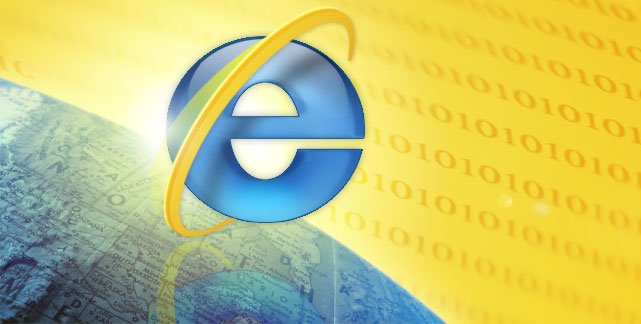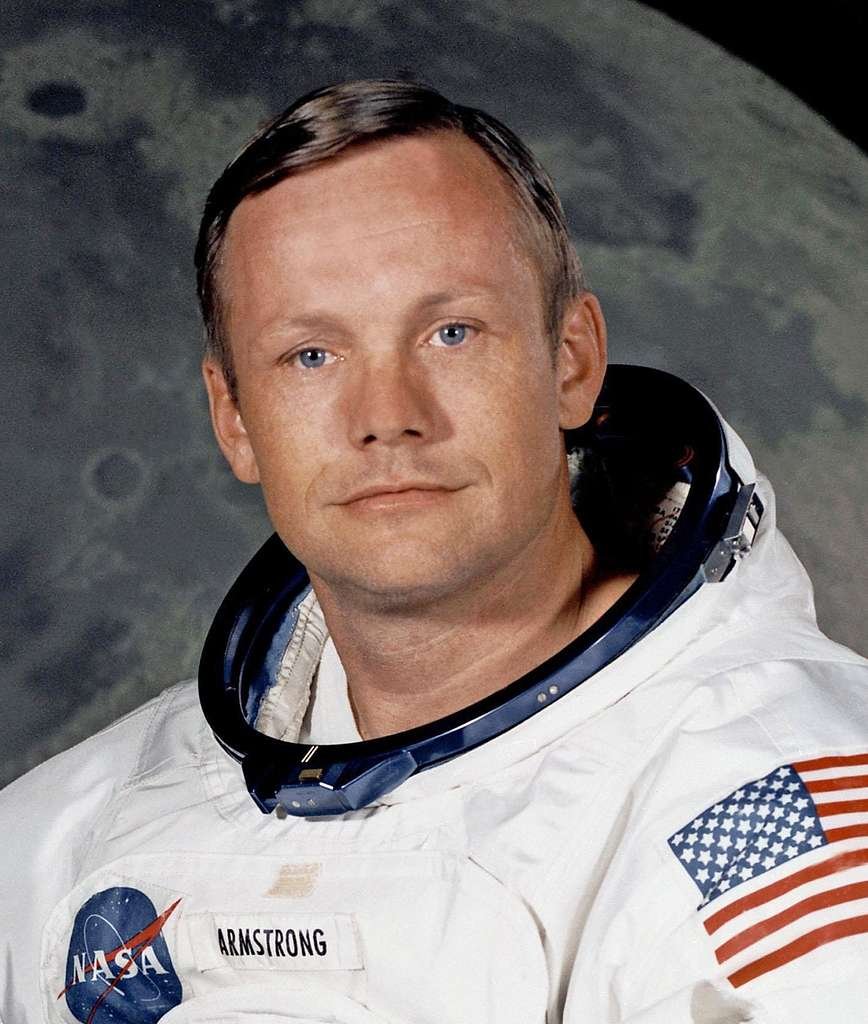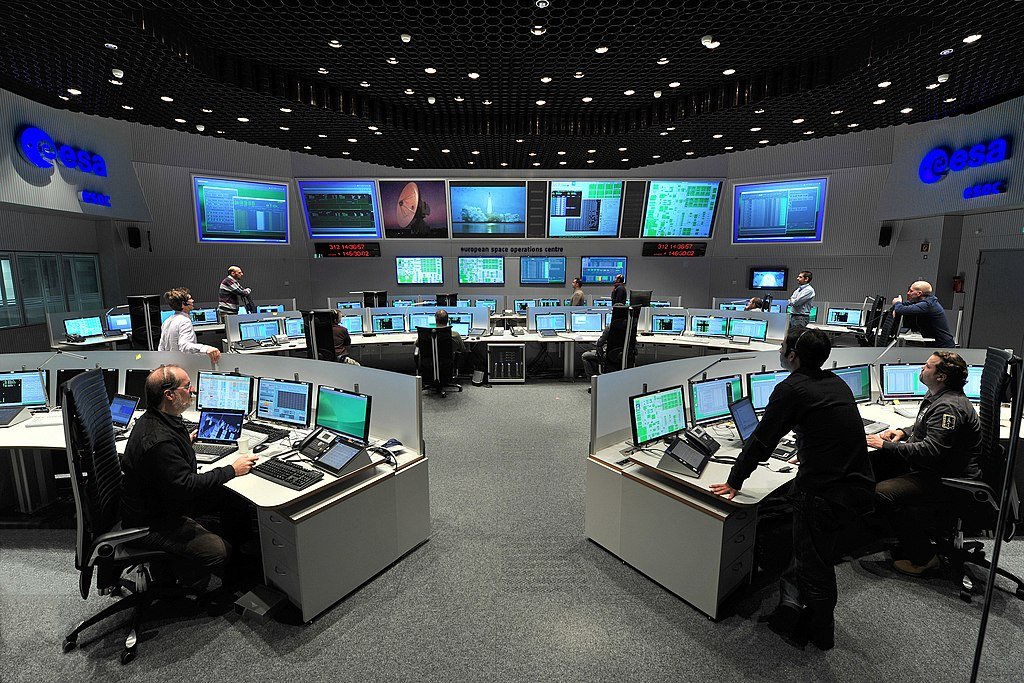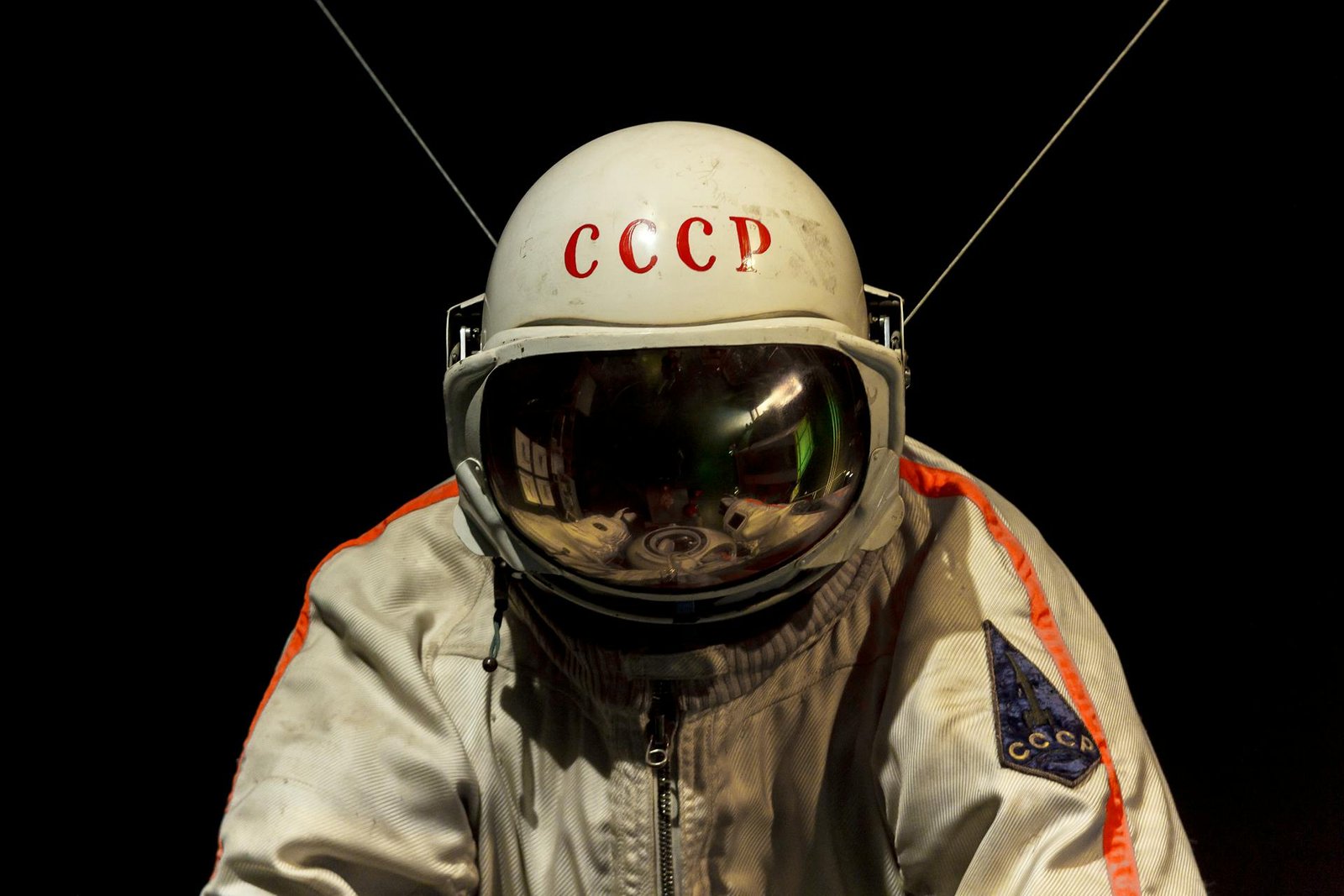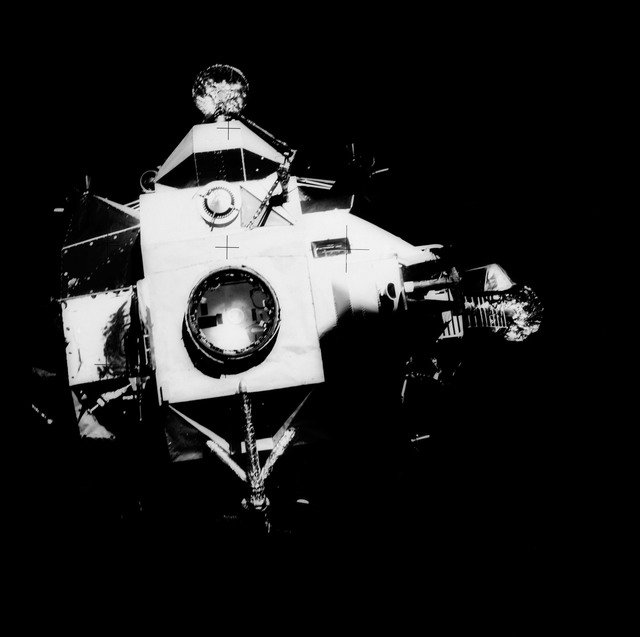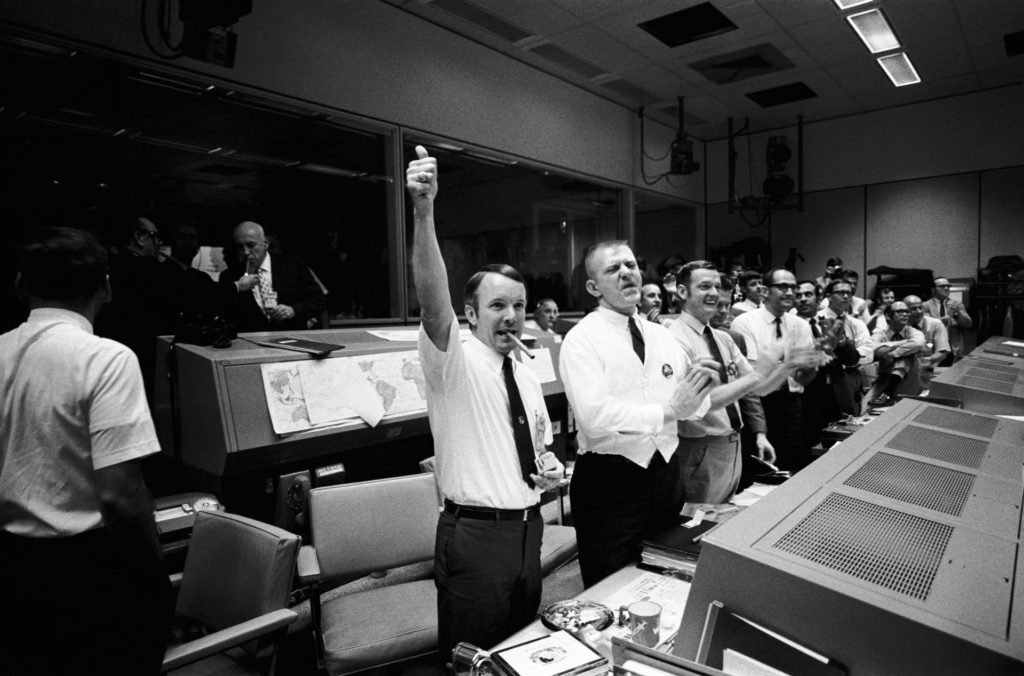The European Space Agency (ESA) stands at the forefront of global space exploration, pushing the boundaries of human knowledge and technological innovation. As a collaborative effort among 22 European member states, ESA has become a symbol of international cooperation in understanding the cosmos. With a rich history dating back to its establishment in 1975, ESA has continuously expanded its horizons, contributing significantly to space exploration.
ESA’s commitment to advancing space exploration is evident through its diverse portfolio of Space Missions. These missions range from Earth observation satellites that monitor our planet’s environment to ambitious endeavors like the Rosetta Mission, which successfully landed the Philae probe on a distant comet. Each project embodies ESA’s dedication to expanding our understanding of the universe and our place within it.
ESA has played a pivotal role in developing groundbreaking technologies and launching scientific instruments into the cosmos. Their involvement in the International Space Station (ISS) program underscores their expertise in human spaceflight. Astronauts from ESA have embarked on missions to the ISS, conducting experiments and contributing to our understanding of life in space.
In this exploration of ESA’s remarkable journey, we will delve into its history, key achievements, and the exciting projects that continue to shape the future of Space Exploration.
Table of Contents
What is the space agency of Europe?
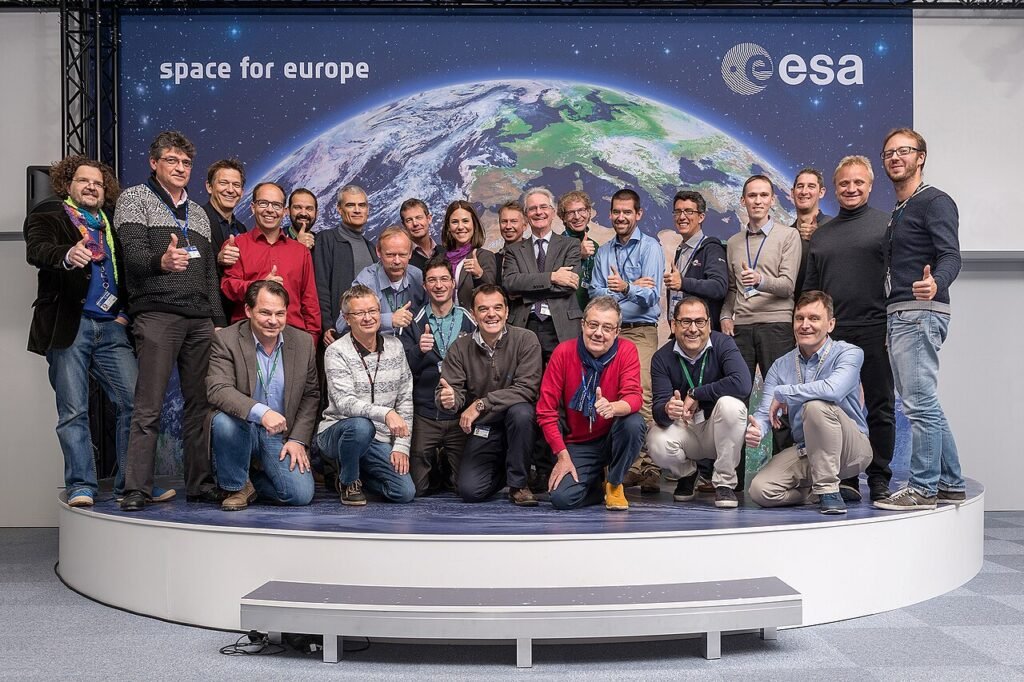
The space agency of Europe is the European Space Agency, commonly known as ESA. Established in 1975, ESA is an intergovernmental organization comprised of 22 member states as of my last knowledge update in September 2021. ESA is dedicated to the peaceful exploration and use of space for the benefit of humanity. It operates various space missions and projects, covering scientific research, Earth observation, technology development, and human spaceflight.
ESA is known for its collaborative efforts on both national and international levels. It plays a significant role in initiatives like the International Space Station (ISS), where it contributes modules and astronauts for missions. ESA also operates the highly successful Ariane family of rockets, which are used for launching satellites into space.
Through its Earth-observing satellites and participation in programs like Copernicus, ESA contributes to climate monitoring, disaster management, and environmental research through its Earth-observing satellites and involvement in programs like Copernicus. The agency’s missions to celestial bodies, like the Rosetta mission to a comet and the ExoMars program, demonstrate its commitment to exploring the universe beyond Earth. Overall, ESA is vital in advancing Europe’s capabilities in space exploration and technology capabilities.
What is the space agency of Europe?
The space agency of Europe is the European Space Agency (ESA). Established in 1975, ESA is an intergovernmental organization of 22 member states dedicated to the peaceful exploration and utilization of space for scientific, technological, and economic purposes. ESA coordinates Europe’s space activities and significantly advances space science, technology, and exploration.
ESA’s mission portfolio encompasses many activities, including launching and operating satellites for Earth observation, telecommunications, and navigation (e.g., the Galileo navigation system) and conducting ambitious space missions to explore our solar system and the universe beyond. Notable projects include the Rosetta mission to study a comet, the development of the Ariane family of launch vehicles, and contributions to the International Space Station (ISS) program. ESA continues to be a key player in global space endeavors, fostering international collaboration and pushing the boundaries of human knowledge in space.
European Space Agency
The European Space Agency (ESA) is an intergovernmental organization dedicated to exploring space. Established in 1975, the ESA comprises 22 member states as of my last knowledge update in September 2021. ESA collaborates on various space missions and projects, conducting scientific research, Earth observation, and technology development. Let’s explore the history and some of ESA’s significant projects:
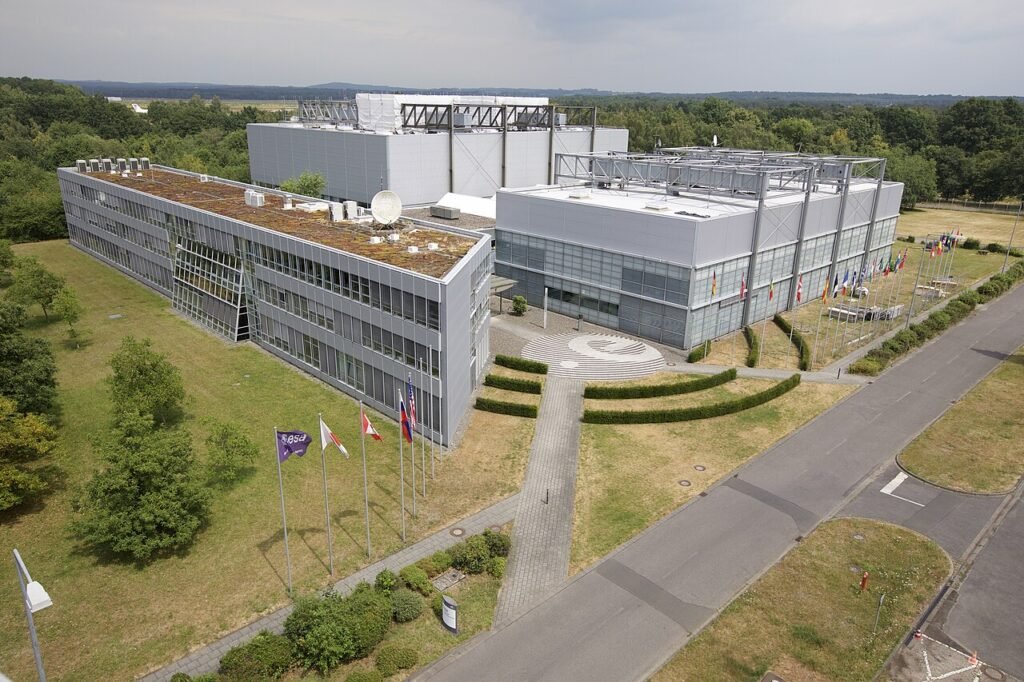
History
Early Efforts
The idea of a European space agency dates back to the 1950s when several European countries recognized the importance of space exploration. They began coordinating their efforts in the European Launcher Development Organisation (ELDO) and the European Space Research Organisation (ESRO).
Formation of ESA
In 1975, the European Space Research Organization (ESRO) and the European Launcher Development Organisation (ELDO) united to establish the European Space Agency (ESA). This historic merger aimed to streamline and consolidate Europe’s efforts in space exploration, resulting in a single, comprehensive organization overseeing space activities across the continent.
Initial Projects
During its early years, the European Space Agency (ESA) embarked on pioneering missions like COS-B, a gamma-ray observatory, and Giotto, a spacecraft designed to study Halley’s Comet up close. These missions marked ESA’s entry into the field of scientific exploration, laying the foundation for its future contributions to space science.
ESA’s Key Projects
Ariane Program
The Ariane family of rockets, developed by the European Space Agency (ESA), represents a pinnacle of European space technology and innovation. These launch vehicles have earned a reputation as the world’s most reliable and trusted means of reaching space. Renowned for their robust design, precision, and versatility, Ariane rockets have been instrumental in delivering a vast array of payloads into space, including communication satellites, scientific instruments, and interplanetary missions.
What sets the Ariane rockets apart is their ability to serve European needs and cater to the international space community sets the Ariane rockets apart. They provide a dependable and cost-effective option for many clients, cementing ESA’s role as a major global space launch industry player. This legacy of success continues to position the Ariane family as a cornerstone of ESA’s contribution to space exploration and commercial satellite deployment on a global scale.
International Space Station (ISS)
ESA plays a pivotal role in the International Space Station (ISS) program, exemplifying its commitment to international space cooperation. The Columbus laboratory module, a state-of-the-art research facility, is a prime example of ESA’s contributions. It is a hub for conducting scientific experiments and research in microgravity conditions, enhancing our understanding of various fields, from life sciences to materials science.
Furthermore, ESA provides highly trained astronauts for extended missions aboard the ISS. These astronauts engage in scientific research, technology development, and maintenance activities, significantly contributing to the station’s overall operations. Their presence underscores ESA’s dedication to advancing scientific knowledge and fostering collaboration in the challenging space environment. This collaboration reinforces Europe’s position as a key partner in the ISS program and strengthens the bonds of international space exploration.
Rosetta and Philae
The Rosetta mission, launched by the European Space Agency (ESA), achieved historic success in 2014 by successfully orbiting and deploying the Philae lander onto the surface of comet 67P/Churyumov-Gerasimenko. This groundbreaking mission marked the first-ever soft landing on a comet, unlocking valuable data about these mysterious celestial bodies.
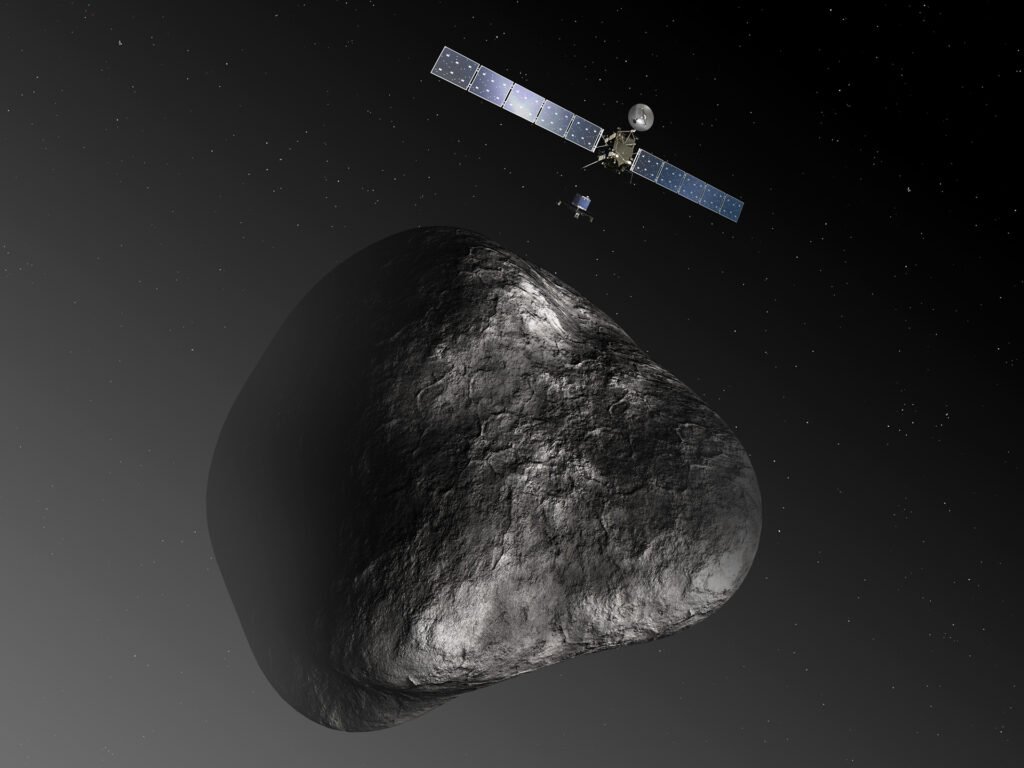
Philae’s instruments analyzed the comet’s composition, studied its surface, and measured its physical properties. The data collected provided crucial insights into the origins of comets and their role in the early solar system, shedding light on the building blocks of planets and the potential contributions of comets to the Earth’s water and organic molecules. Rosetta and Philae’s achievements inspire scientific exploration and our understanding of comets’ significance in the cosmos.
Galileo
The European Space Agency (ESA) is responsible for developing and operating the Galileo satellite navigation system, which is Europe’s counterpart to the American GPS system. Galileo’s primary objective is to provide highly accurate positioning and timing information, enhancing navigation capabilities across various sectors, including transportation, agriculture, telecommunications, emergency services, and scientific research.
With a constellation of satellites in orbit, Galileo offers global coverage, improved accuracy, and reliability, reducing Europe’s reliance on foreign navigation systems. This infrastructure enhances everyday life and contributes to increased autonomy and security in critical infrastructure and services across the continent.
ExoMars
The ExoMars program represents a significant collaboration between the European Space Agency (ESA) and Russia’s space agency, Roscosmos. This joint endeavor aims to explore the Red Planet, Mars, with the ultimate goal of searching for signs of past or present life. The program is multifaceted and includes two key components: the Trace Gas Orbiter (TGO) and the Rosalind Franklin rover.
The Trace Gas Orbiter, which arrived at Mars in 2016, is equipped with scientific instruments designed to detect and analyze trace gases in the Martian atmosphere. It plays a critical role in studying the planet’s atmospheric composition and searching for potential biomarkers or signs of geological activity.
The Rosalind Franklin rover, scheduled for launch, will be tasked with exploring the Martian surface, drilling into the subsurface, and conducting experiments better to understand the planet’s geology and potential habitability. This collaborative effort underscores the international community’s commitment to unlocking the mysteries of Mars and advancing our understanding of the potential for life beyond Earth.
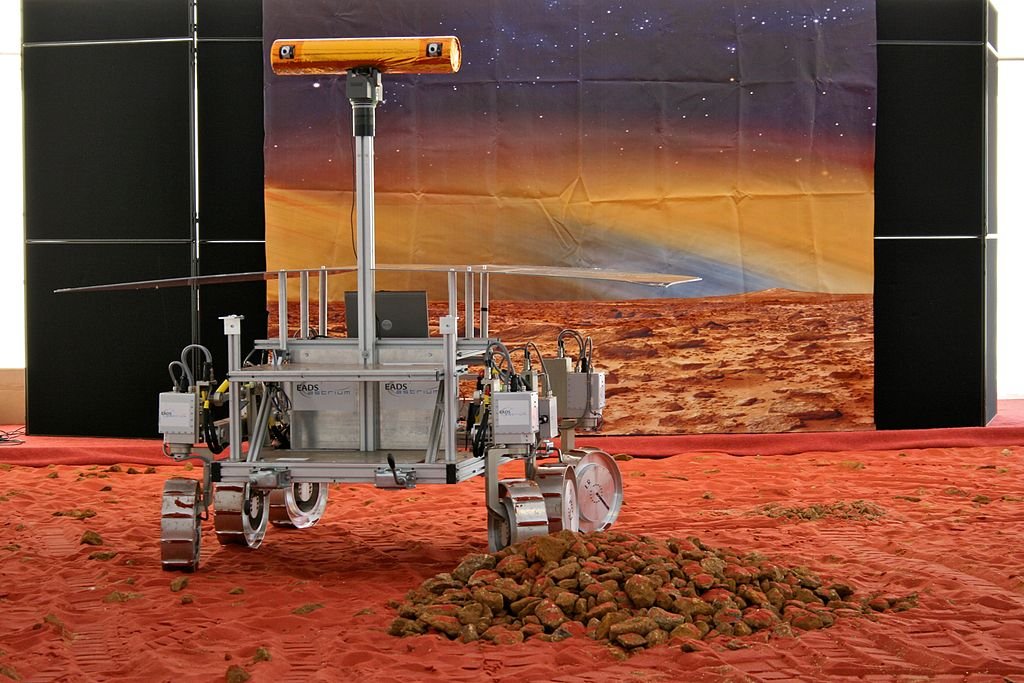
Gaia
The mission referred to is the European Space Agency’s (ESA) Gaia mission. Gaia is a groundbreaking astronomical endeavor designed to map the positions and movements of over a billion stars within our Milky Way galaxy with unparalleled precision. By doing so, Gaia is revolutionizing our understanding of the Milky Way’s structure and evolution. It offers a comprehensive 3D map of the galaxy and essential data on star distances, velocities, and luminosities.
This vast dataset is invaluable for astrophysicists, enabling them to study the dynamics of the Milky Way, identify previously unknown celestial objects, and trace the history of star formation and evolution. Gaia’s contributions extend beyond our galaxy, as its observations have implications for understanding the broader universe, including the evolution of galaxies and the distribution of dark matter. In essence, Gaia is shedding new light on the cosmic tapestry that surrounds us, deepening our knowledge of the Milky Way’s past, present, and future.
Earth Observation
ESA operates a constellation of Earth-observing satellites, prominently including Sentinel-1 and Sentinel-2, under the Copernicus program. These advanced spacecraft serve as vigilant sentinels, constantly surveying the Earth’s environment from space. Their mission is multifaceted, offering invaluable insights for various critical applications.
Sentinel-1 specializes in radar imaging, allowing it to track changes in the Earth’s surface, detect subsidence, monitor sea ice, and provide vital data for disaster management, especially in the case of earthquakes, floods, and oil spills. Meanwhile, Sentinel-2 focuses on high-resolution optical imagery, enabling detailed land cover and land use monitoring, essential for agricultural planning, forestry management, and urban development. These satellites collectively contribute to climate monitoring, resource management, and disaster response, making them pivotal assets in safeguarding our planet’s future.
JUICE
The Jupiter Icy Moons Explorer (JUICE) mission, slated for launch in the 2020s, represents a groundbreaking endeavor by the European Space Agency (ESA) to delve into the mysteries of Jupiter’s largest moons: Ganymede, Europa, and Callisto. JUICE is equipped with a suite of advanced scientific instruments designed to comprehensively investigate these icy worlds, aiming to uncover crucial insights into their potential habitability. By studying their geology, subsurface oceans, magnetic fields, and interactions with Jupiter’s powerful radiation belts, JUICE will shed light on the conditions and processes that may make these moons suitable environments for life or at least provide valuable clues about the origins of life in our solar system. This ambitious mission promises to expand our understanding of the outer solar system and the potential habitability of distant, enigmatic worlds.
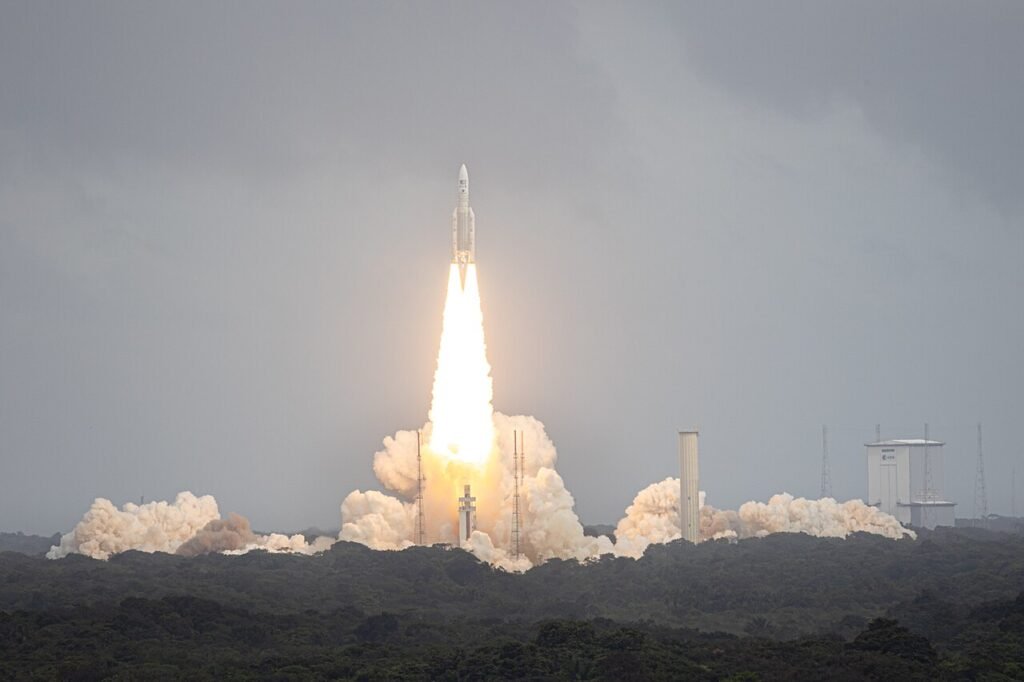
LISA Pathfinder
LISA Pathfinder, a groundbreaking precursor mission to the Laser Interferometer Space Antenna (LISA), was a vital testing ground for essential technologies required to detect gravitational waves from space. Launched in December 2015, this pioneering spacecraft aimed to validate the concept of ultra-precise laser interferometry in the weightless space environment. LISA Pathfinder’s primary objective was to demonstrate the feasibility of measuring gravitational waves, ripples in the fabric of spacetime caused by massive celestial events, such as merging black holes or neutron stars. By meticulously testing and fine-tuning instruments and techniques, this mission paved the way for LISA. This future space-based observatory promises to revolutionize our understanding of the universe by detecting gravitational waves with unparalleled sensitivity and precision.
Future Exploration
ESA is actively engaged in charting the course for humanity’s future in space exploration. The agency is committed to venturing beyond Earth’s orbit with plans for lunar exploration missions, including contributions to the Lunar Gateway program, a planned space station orbiting the Moon. ESA’s vision also extends to Mars, where it is involved in planning missions to unlock the Red Planet’s mysteries. These ambitious endeavors not only mark Europe’s dedication to space exploration but also exemplify its collaborative spirit, as ESA continues to forge partnerships with international space agencies to collectively push the boundaries of human exploration in the cosmos.
These are just a few examples of ESA’s extensive space missions and projects portfolio. ESA is crucial in advancing European space capabilities and contributing to the global understanding of space and our universe. Please note that the information here is based on my last knowledge update in September 2021, and there may have been new developments or projects since then.


